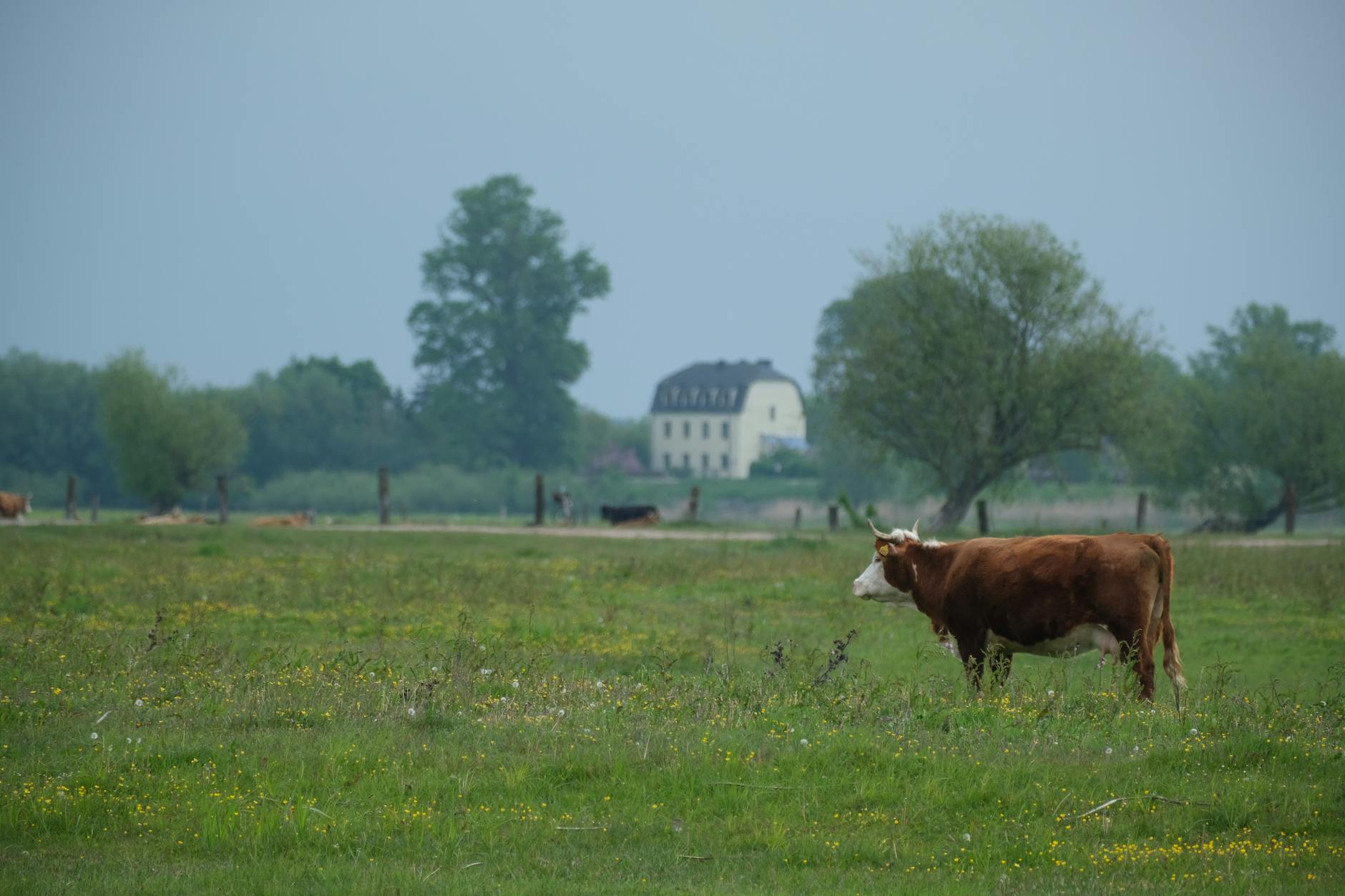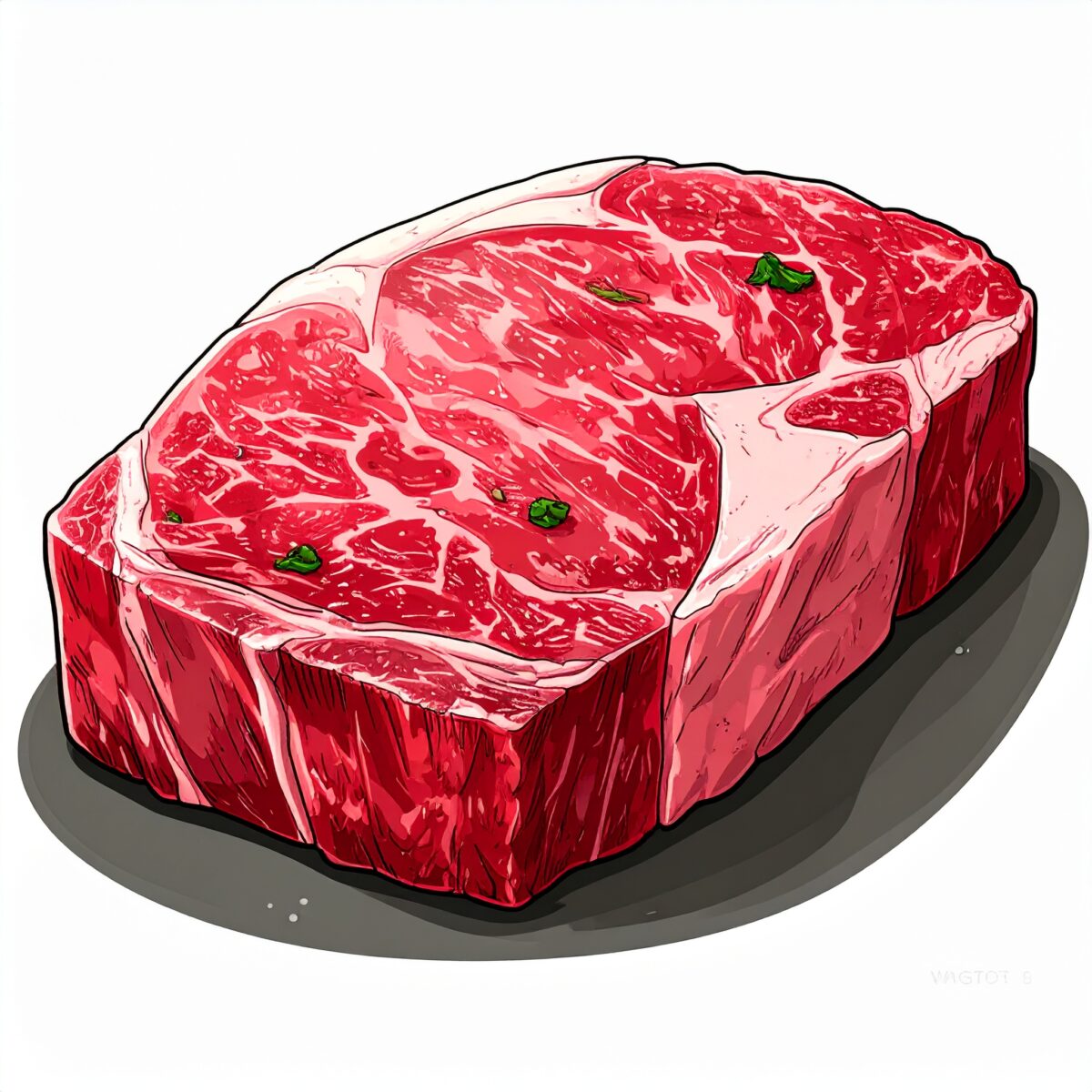Once regarded as the pinnacle of luxury dining, Wagyu was synonymous with opulence. Its delicate marbling, melt-in-your-mouth texture, and euphoric flavor profile made it the centerpiece of celebratory occasions and gourmet indulgence. Yet today, the perception of Wagyu is undergoing a quiet transformation. Beyond taste and aesthetic appeal, a new ethos is emerging—one that treats Wagyu not merely as food, but as a philosophy.
Wagyu, originally developed from Japan’s indigenous cattle breeds, is renowned for its meticulously regulated quality standards. Every cut is evaluated based on a stringent grading system that considers meat texture, marbling density (the famed “shimofuri”), and yield ratio. These attributes directly influence its market value, making Wagyu one of the most precision-assessed meats in the world.
However, a new generation of Wagyu producers is beginning to ask deeper questions: What does true flavor mean? What constitutes a good life for the animal? And what does sustainable livestock farming truly entail? These artisans believe that raising Wagyu is not just a technical endeavor, but an act of philosophy. They are rethinking everything—from the temperament and rhythm of each animal’s growth, to minimizing stress and promoting wellbeing—crafting a future where Wagyu is as thoughtful as it is exquisite.

The emerging generation of Wagyu producers places discerning emphasis on feed—eschewing reliance solely on imported grains in favor of locally sourced rice straw, barley, and fermented silage. These choices are strategic steps toward reducing digestive strain on the cattle and enhancing the natural umami of the beef. Moreover, many are minimizing the use of antibiotics and growth hormones, not only to elevate food safety standards but also to promote longer, healthier lives for the livestock.
Reducing environmental stress is another cornerstone of this refined approach. Everything from barn space and cleanliness to ventilation, lighting, and ambient noise is meticulously managed, recognizing that these factors directly impact meat quality. Farms adopting group management systems that allow cattle to move freely and reduce inter-animal tension are often rewarded with lighter, cleaner fats and a deeper, more complex red meat profile. These animals, nurtured in environments that echo natural rhythms, offer a flavor that is an authentic expression of terroir.
In recent years, there has been a growing reevaluation of lean cuts within the Wagyu market. Moving away from the long-standing supremacy of marbling, chefs and discerning consumers alike are embracing the nuanced aromas, firm textures, and lingering depth of flavor found in red meat. This shift signifies not only a transformation in how beef is appreciated, but also a fundamental change in the producer’s ethos—shifting from cultivating visual perfection to crafting beef that is genuinely enjoyable to savor.
Equally compelling is the emergence of a transparent, traceable Wagyu culture—one in which the story of each animal is brought to the forefront. Beyond the standard traceability ensured by identification numbers, a growing number of producers now share the names, upbringing, and even detailed feeding logs of their cattle. For the consumer, the act of selecting Wagyu becomes more than a transaction; it becomes an engagement with a philosophy, a conscious alignment with the values and care behind each cut.

Behind this transformation lies a deeper discourse on ethics and the environment. Livestock farming, while a cornerstone of culinary tradition, is also resource-intensive and environmentally taxing. It inherently grapples with the gravity of life stewardship. In response, forward-thinking producers are embracing concepts such as “whole-cow utilization,” ensuring every part—from prime cuts to broth ingredients and leather goods—is thoughtfully repurposed. Equally significant is the move toward localized, circular farming models that harness and regenerate regional resources. Wagyu, once merely a symbol of luxury, is evolving into a reflection of conscientious living. It now challenges consumers to consider what sustainability in gastronomy truly means—and how luxury can coexist with ecological and ethical integrity.
In the culinary world, next-generation Wagyu is ushering in a new era of possibility. At Michelin-starred establishments and leading international restaurants, Wagyu is no longer perceived merely as a luxurious indulgence—it is now revered as a narrative ingredient, rich in provenance and intention. Increasingly, chefs are sourcing entire cattle from dedicated farms and crafting menus that honor every cut, from prized sirloins to lesser-known parts, reflecting a holistic approach to culinary excellence.
Perhaps most compelling is the fact that this shift in value is being driven not from the top down, but by the thoughtful inquiries of consumers themselves. Questions such as “Where was it raised?”, “What was it fed?”, and “Who cared for it?” are no longer peripheral—they are central. On one side, producers who respond with transparency and integrity; on the other, diners who seek connection and meaning. It is this dialogue that is quietly shaping the next generation of Wagyu.
Wagyu is no longer merely “rare and expensive meat.” Its richness now stems from the life and time behind it—from the people, places, and traditions that inform its journey. This evolution marks a shift from consumption as status to selection as shared value.
From status to philosophy—Wagyu’s future challenges us to consider how the act of eating can become a conduit for deeper connection, both to the land and to one another.




